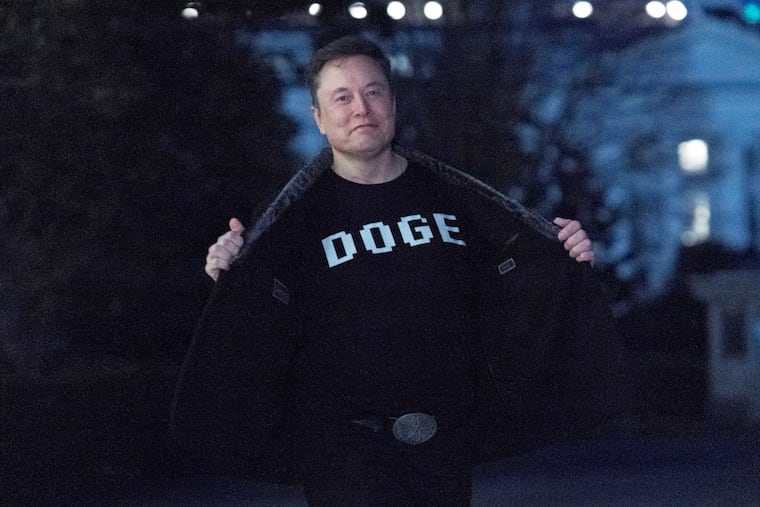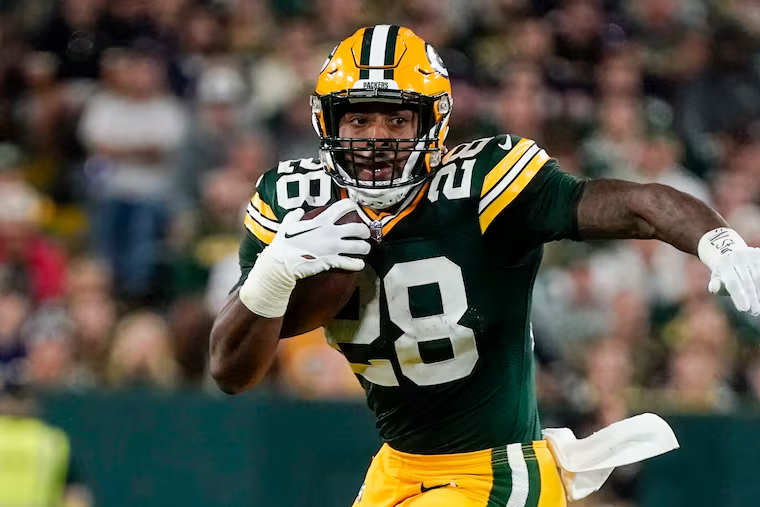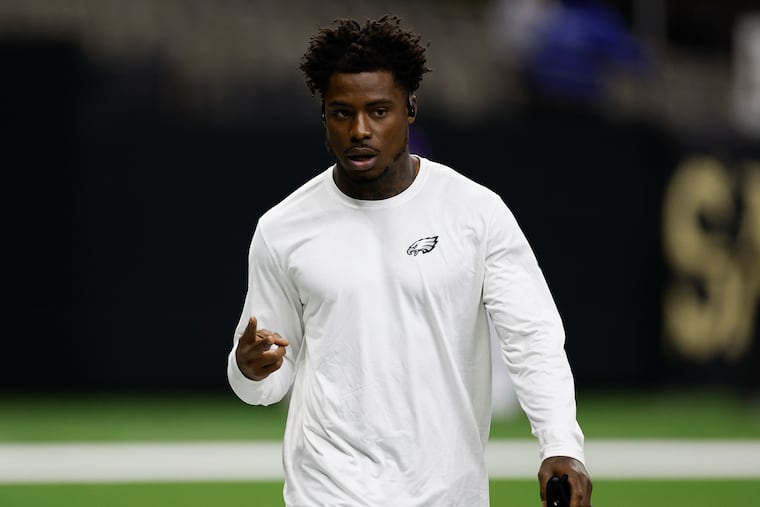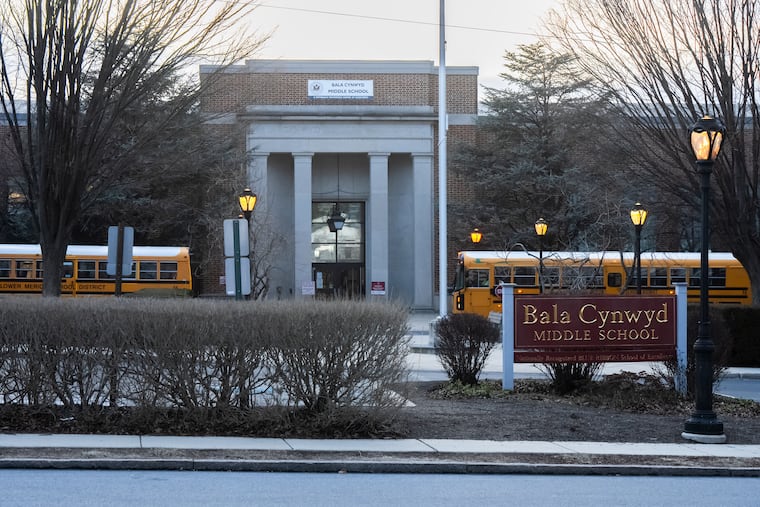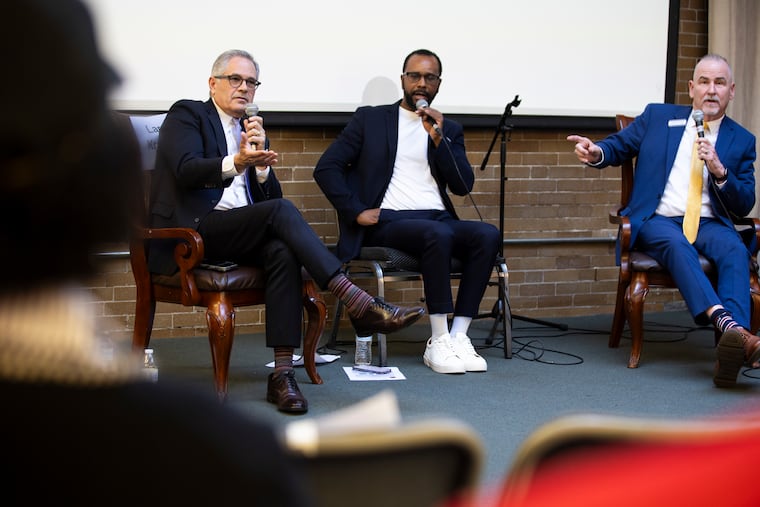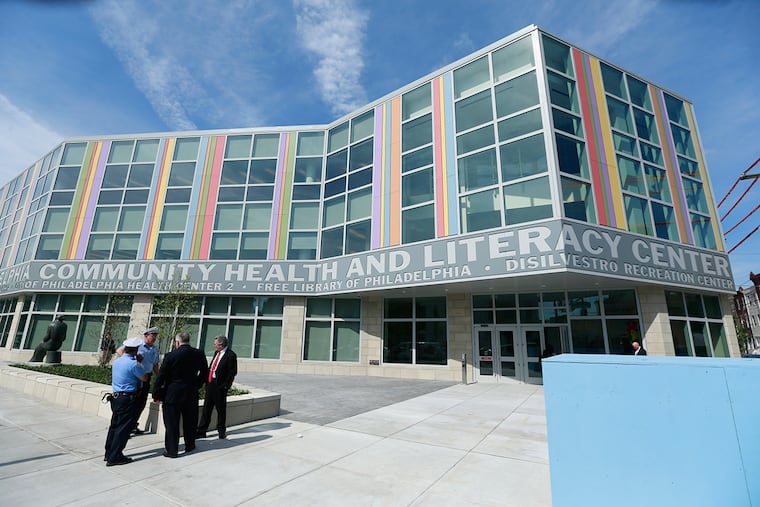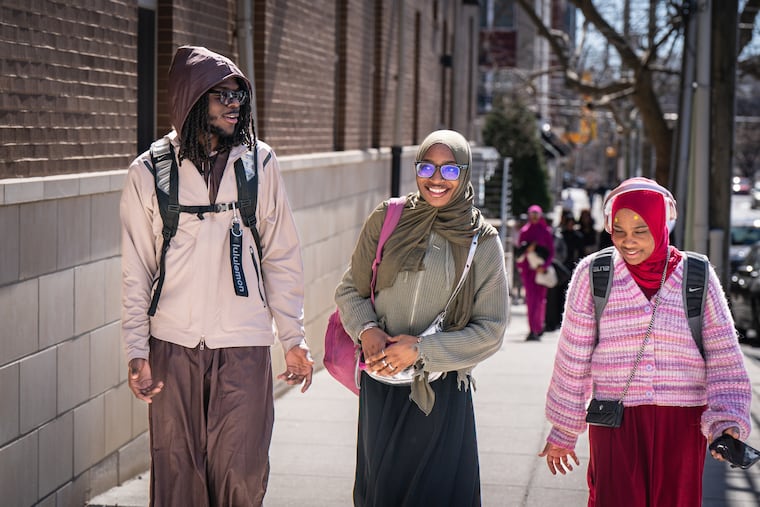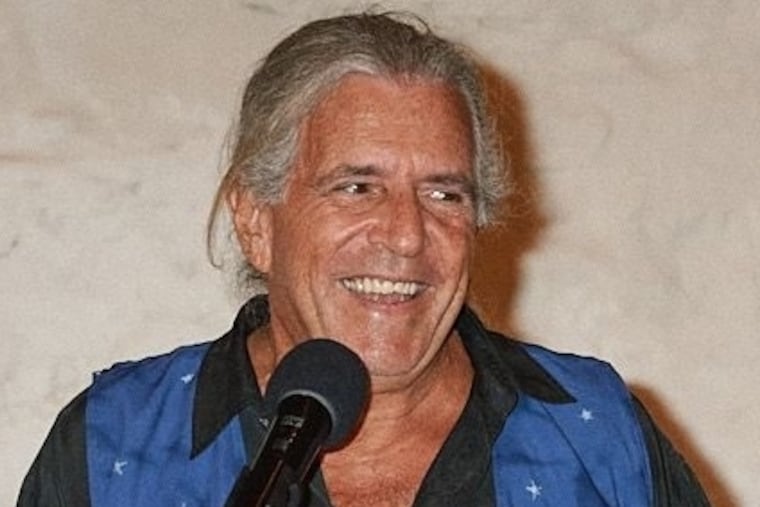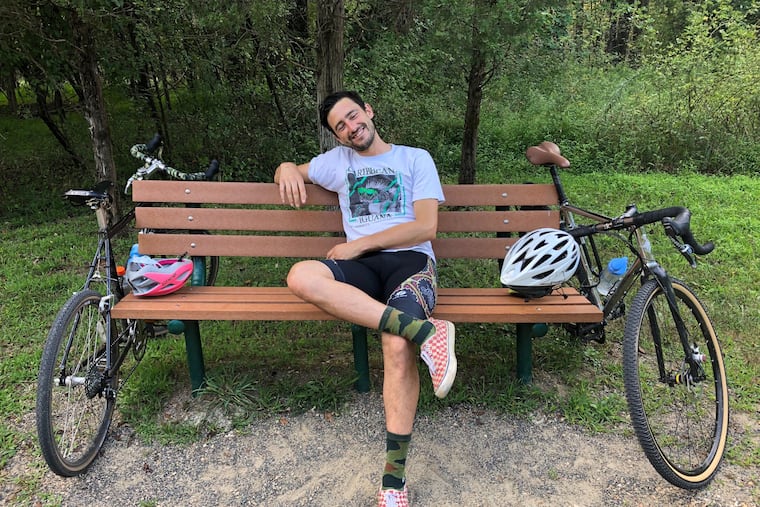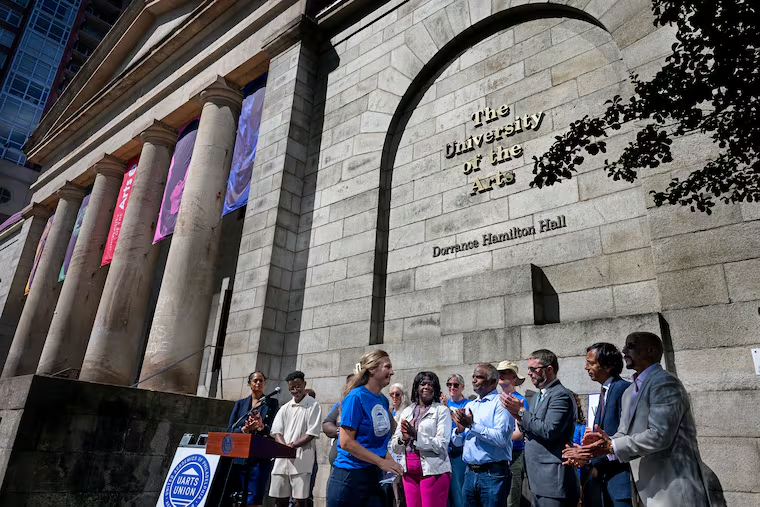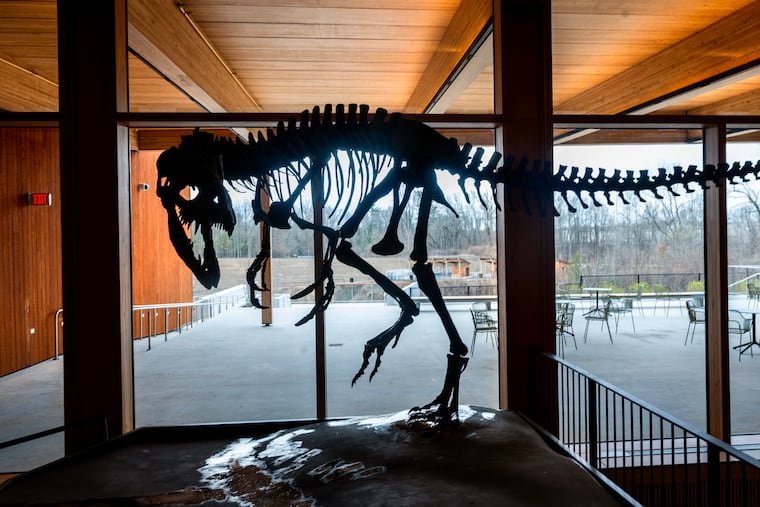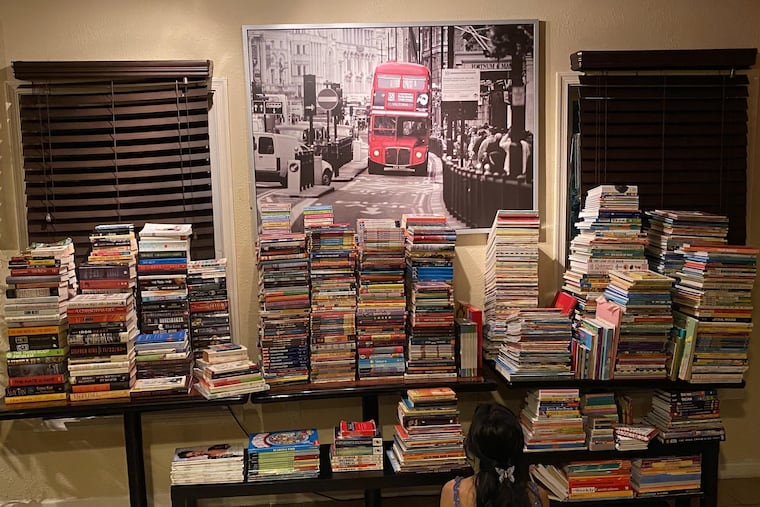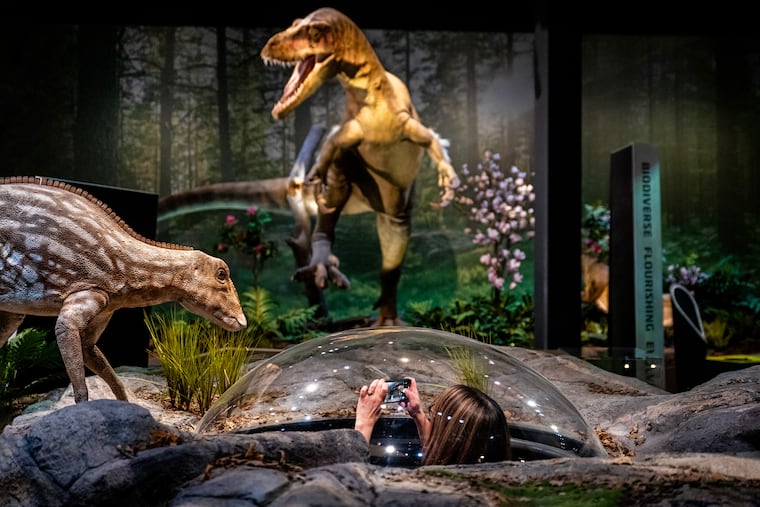Can star player Marco Fabián revive the Union’s Latino fan base? Show me some cariño, they say.
When the Union formed in 2010, people assumed the team would capitalize on the more than 350,000 Hispanics or Latinos living in the five-county area.
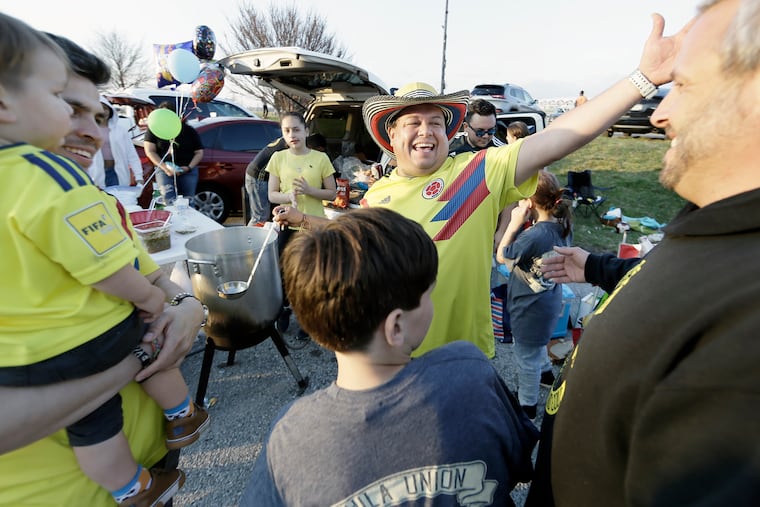
- DOGE cancels Philly apartment lease for Secret Service agents guarding Biden’s daughter
- A local brewery used art from Philly museums on its cans. They didn’t ask permission and don’t want forgiveness.
- Eagles news: Birds add RB AJ Dillon, re-sign LB/FB VanSumeren; Slay lands in Pittsburgh; latest on Mekhi Becton
- Thumbs up or down: Eagles writers weigh in on C.J. Gardner-Johnson-Kenyon Green trade
- A GOP lawmaker called Sarah McBride ‘Mr.’ She called him ‘Madam.’ Then, her colleague stepped in.
Live Updates
Link copied to clipboard
Link copied to clipboard
Link copied to clipboard
Link copied to clipboard
Link copied to clipboard
Link copied to clipboard
Link copied to clipboard
Link copied to clipboard
Link copied to clipboard
Link copied to clipboard
Link copied to clipboard

